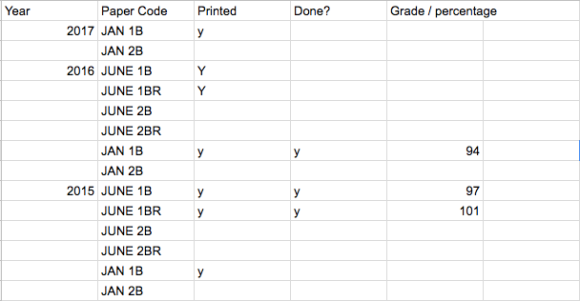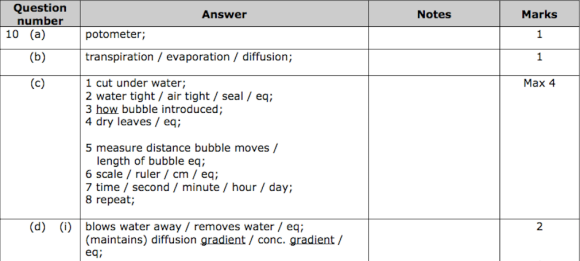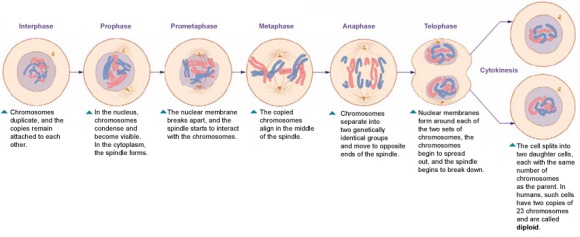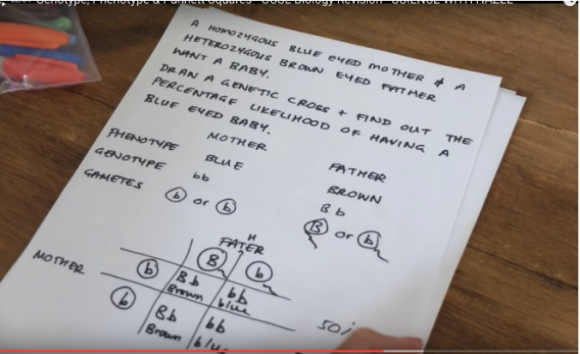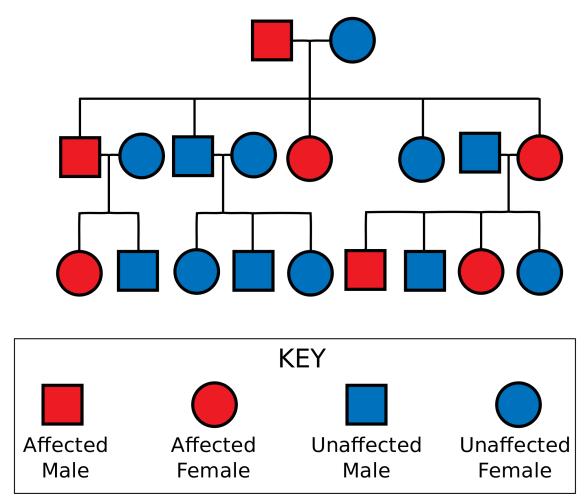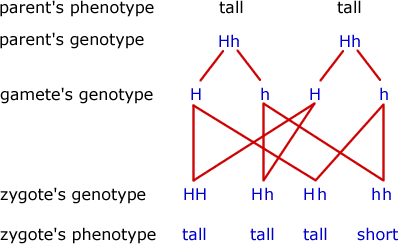4.1 types of waste and it’s problem
a. the differences in waste production between low-income countries (LICs) and high income countries (HICs)
- HICs typically produce 5 times the amount of waste LICs produce
LICs on average produce 100-200 kg/year/person
HICs on average produce 400-800 kg/year/person
- Top HIC waste producing countries (/kg/year/person)
- Ireland – 800
- Norway 780
- USA – 760
- Denmark – 725
- (10) UK – 600
- Top LIC waste producing countries (/kg/year/person)
- Laos – 237
- Vietnam – 182
- Philippines – 149
- Thailand – 73
b. greater wealth is a major contributor to increasing waste, especially in HICs
Consumer society – As countries become more wealthy, they have greater demand for consumer products. They buy more items and replace them more frequently
Throw away society – Tendency to buy things and dispose of them
Why is waste in LICs less?
- Consumer purchases are limited due to low income. People can’t afford to buy new products therefore practical up cycling is commonly practised
- Purchases in LICs have very little packaging – and often biodegradable
- Literacy rates in LICs are very low therefore not many read and throw away newspapers – 84% of the world’s paper consumption is by HICs
Why is waste in HICs high?
- Wealthy countries have a greater demand for consumer products due to more disposable income (eg. GDP / capita USA : $40K, GDP / capita Uganda : 294)
- Imported goods have more packaging (UK: 10.5 mil tonnes of waste in 2007 from packaging)
c. Types of domestic waste produced in HICs
- Green waste – waste broken down by living organisms originating form plant or animals
- Non biodegradable waste – waste that can’t be broken down by living organisms
- Industrial waste – Waste produced by industrial activity eg. of factories and mines
- Domestic waste – waste consisting of everyday items, eg. food, yard, containers and product packaging. Includes residential and commercial waste
- E waste – Discarded electronic devices. An estimated 15 mil phones are thrown away annually in the UK, the UN estimates that 50 mil tones of E waste is produced annually.
Packaging : Materials used for the containment, protection and handling
- The UK produced 10.5 mil tonnes of packaging waste in 2007. 70% were due to food and drink
- Mixed material packaging presents some problems as multiple materials makes a package hard to dispose of
4.2 – recycling and disposal of waste
a. how waste is recycled at a local scale and how recycled material is used
Case Study : Bracknell Forest Council
- Works with Reading + Workingham council for the disposal of waste
2 main house hold waste recycling centres
– Small Mead, Island Road, Reading
– Longshot lanes, Bracknell
- 150 recycle sites and 3 authority centres located at convenient places such as supermarket
- Also a website with clear directions
House collections
- Alternate waste collection for recycling and compost.
- On the other week general waste is collected and delivered to it’s respective recycling area
Paper and Cardboard
- Paper and cardboard collected from houses
- Taken to Severnside recycling facility
- Material sorted from pure and contaminated (eg. ink is a contaminant)
- Paper is pulped, baled and sent to St. Regis paper mill, Kent
- Pulp rolled and layered to make reels of paper
- Paper turned into packaging material
Plastic
- Recycled at Baylis recycling plant near Keynsham, Bristol
- Bottles sorted by polymer type and colour
- Melted and formed into new shape
- Wide range of products created
Glass
- Sorted into 3 different colours at recycling point
- Mixed glass used by aggregate industry
- Collected for reprocessing by Berryman’s from Dagenham
- Glass collected into large roads from different places to be reprocessed in Yorkshire
- Glass washed and crushed to make a cullet
- Cullet washed with new materials eg. limestone
- During heating process, recycled glass is used to save energy so they don’t have to heat it to such high temperatures
Cans
- Sent to Biffa Waste Management Facility, South Hampton
- Transferred into a reprocessing facility, Leister
- Separation from aluminium and steel.
As steel is magnetic, it’s attracted by a magnet and processed by European Metals Recycling LTD, then sent to a furnace to where they are mixed with molten iron. Poured into a mould to make large slabs and rolled into coils to be used for bikes and cars.
Aluminium on the other hand is shredded to the size of a 10p, shreds are passed through a magnetic drum to remove the last of steel and molten aluminium is pumped into moulds, chilled until solidification and to be used in the making of new cars
b. the ways in which HICs dispose of different types of waste
CASE STUDY : GERMANY
Germany produces 60 mil tonnes / year
1.Landfill – 160 sites
- Involves putting waste in the ground and covering it with soil or rock
- Germany in the 1970s had 50,000 sites
Problems with landfill
- Escaping liquids and gases from rotting waste pollute land
- Suitable landfill sites are running out. They must have correct geological conditions eg. not nearby water supply and crops must not be affected by seepage
- Landfill land is now more expensive
2. Exporting
- Germany exports 1.8 mil tonnes of non-hazardous waste a year to countries such as China or Spain. They see it as an opportunity to earn money
- Germany exports their nuclear waste to France and the UK
3. Incineration
- Germany has 68 incinerators, also a source of energy
- Darmstadt deals with 212,000 tonnes of waste / year
- Plans to build 100 more incinerators
- One problem is they still may emit emissions
4. Recycling
- Germany has very strict laws concerning recycling
- Germany has the capacity to recycle less than a third of it’s waste
- The Green Dot Scheme operates in 20 countries and has been successful in declining waste to 1 mil tonnes/year
- Unfortunately the scheme is expensive – $2.5 bn/year
- 67% of waste is recycled and 32% is burnt
4.3 – sources and uses of energy
a. energy resources can be classified as renewable and non renewable. Some renewable sources of energy are easier to develop than others
Non renewable energy
| Type of fuel |
Origin |
Advantage |
Disadvantage |
| Coal |
Fossilised plants, found in seams / close to the surface of the Earth or mined underground
Must be burnt to produce energy |
Cheap
Easy to convert into energy
Coal supplies should last for 250 years |
Gives off greenhouse gasses |
| Oil |
Fossilised animals
Lakes of oil found under the land / sea
Pipes put down through the ground, liquid pumped to provide energy |
Cheap
Easy to convert
Oil supplies should last for 50 years |
Gives off greenhouse gasses |
| Natural gas |
Methane gases trapped under seams of rock
Pipes put down through the ground |
Cheap
Easy to convert
Cleaner than oil/coal
Gas supplies should last for 70 more years |
Gives off greenhouse gases |
| Nuclear (uranium) |
Produced from uranium, obtained from mining
Produced when atoms are split in nuclear reactors |
Small amount of uranium gives off a lot of energy
Raw materials will last a long time
Doesn’t produce greenhouse gases |
Nuclear reactors are expensive to build
Nuclear waste is expensive to store, radioactive and toxic
Leaks are fatal |
| Biomass |
Decaying plant / animal matter that provides energy. |
Cheap
Readily available
Renewable |
Gives off greenhouse gases
Large area of land takes up space to be used for food |
Renewable energy
| Renewable energy |
Process |
Advantages |
Disadvantages |
| Geothermal |
Ground source heat pumps heat from the ground into the house
These supply radiators / warmth systems |
Cuts energy costs by 70%
£12000 to install
Infinite resource
Doesn’t give off greenhouse gases |
Must be enough space
Expensive to build
Water may contain corrosive materials which could damage the pipes over time |
| Solar energy |
Cells produce electricity from the sun
Panels face the un, the fluid heats in the panels which produces hot water for use |
£12000 to install
Fitted onto buildings, doesn’t take up extra space
Energy not used can be taken into the National Grid
Accounts for 35% of a house’s hot water
No running cost
No greenhouse gases |
Expensive to install
May be visually polluting
Can’t be mass produced
Not efficient in countries where the sun is rare |
| Wind energy |
Turbines rely on the force of wind to power blades into generating electricity |
Wind turbines are quiet and efficient
No emissions
30% saved on electricity bill |
Requires local wind speed of >60 m/s
Life expectancy of 20 years
Regular maintenance required
Visual pollution
Offshore turbines affect the migration of birds |
| Hydroelectricity |
Tidal energy provided by the movement of tides that moves the turbines to produce electricity
Power stations often in highland areas |
No emissions
Cheap + infinite
Tidal barges can be used as bridges
Can produce large bodies of water for leisure |
Only built in certain areas
Alters water flow
Build up of sediment may decompose to form methane
40-80 mil people globally have been displaced due to dam construction
Negatively affects wildlife |
b. the global energy mix of energy consumption
Energy surplus – Countries that have more energy than they consume
Energy deficit – Countries that consume more than they produce
Carbon neutral – Countries that run entirely on renewable fuels (eg. Iceland)
Reasons for mix of energy consumption
- Population. India has to meet energy needs for 1.2 bn people and has to use whatever’s available. Iceland has only 320,000 people to supply to and therefore can use sources that aren’t in great supply
- Income. India’s government lacks the capital reserves so they supply the people with the cheapest forms of energy. Iceland can more easily afford initial start up costs required to produce energy from renewable sources
- Availability of energy supplies. India has 5.6 bn barrels of oil near the west coast. Iceland however doesn’t have fossil fuels so it imports everything.But they do have great geothermal energy potential and fast flowing rivers which could be useful for hydroelectric power
Reasons for surplus ( + ) and deficit ( – )
- + Often in LICs, incomes are low and therefore people can’t afford electricity
- + In HICS, due to low population
- + Employment of green energy
- – High populations in HICs
- – No employment of green energy due to lack of govt. power and funding
- – Many people able to afford electricity and the white goods requiring them
c. Exploitation of energy resources has varied impact on the environment because of waste production and the impact on both local and global environments
Non-renewable resource – CASE STUDY : Canada tar sands extraction.
- 180 bn. barrels of bitumen to be refined into petrol are awaiting to be extracted
- Located near the Athabasca River, Alberta, Canada
- For many years thought not economicaly viable, however due to dwindling overseas supply, rising cost of oil extraction and development of new extraction technology has resulted in the commercial exploitation of these resources
Local impact
- Surface mining has resulted in the loss of vegetation and surface soil and rock to be cleared leading to concerns of loss of habitats
- Energy required for refinement provided by natural gas is enough to heat 3 mil homes
- 6 barrels of water is required to extract 1 barrel of oil – 349mil cubic metres of water / year. Water that is contaminated has lead to deformities downstream
Global impact
- Refining bitumen releases 5-15% more CO2 than refining crude oil increasing global greenhouse gas concentrations
- Removal of surface vegetation, mostly spruce trees affects the amount of O2 in the atmosphere
Renewable resource – CASE STUDY : England’s wind farm industry (The London Array)
- 175 wind turbines generat 630 mega watts of electricity. Enough energy to power 470,000 homes or 2/3 of Kent homes
- London Array is located off the coast of Ramsgate, Kent with plans to be the largest offshore wind farm
- In 2009 the UK govt conculded that there is scope for between 5-7k offshore wind turbines to be installed
- Estimated offshore wind alone will be able to meet Britain’s current demand for electricity 10 times over
- This is in effort to cut carbon emissions by 80% in 2050
- We currently generate 15% of our energy needs from renewable sources
Local impact
- Turbine blades cause the death of 4 birds/turbine/year
- Turbulence created can lead to temperature changes
- Turbines produce noise which is slowly in the modern era being reduced to less than 40 db.
Global impact
- Construction of blades and pillars produces greenhouse gases
4.4 Management of energy usage and waste
a. how energy is being wasted
Domestic
- Leaving lights on when not needed
- Leaving phone chargers plugged in after phone has finished charging
- Standby electronic equipment
- No insulation – no double glazing, no loft/water tank/wall cavity insulation
- Thermostats set to high
Energy used for domestic purposes account for 48% of Britain’s greenhouse gas emissions
- Domestic consumption of electricity as people buy more homes
- Heating is the largest consumer of electricity
Key figures of energy loss in the home
- 25 % roof
- 10% windows
- 15 % draughts
- 15% floor
- 35% walls
Industry
- Poorly serviced / maintained machines
- Vibrations from machinery
- Leaks from compressed air valves
- British industry wastes £12.7 bn on energy/year
- The estimated cost of leaving office devices alone is worth £8.66 mil
b. carbon footprints for countries at different levels of development
Carbon footprint – the measure of impact that human activities have on the environment, also the weight of equivalent CO2 emitted by the activities of a single person
STATS
- World wide average carbon foot print – 4,000 kg
- Industrialisaing natioin carbon footprint – 11,000 kg
- Average footprint for a person in thr UK – 9,700 kg
Primary footprint – Amount of energy used in house / number of people in house + journeys
Secondary footprint – Recreational activities + energy required to supply people with goods and services
c. possible solutions to energy wastage in the UK on a local, domestic and national scale
1 ) Domestic
i. New home building design
- Hot water jackets save £20 a year
- Reduce central heating by 1 degree c saves £70/year
- Cavity wall insulation saves £90 /year
- Floor insulation saves £45 /year
- Loft insulation saves £45 /year
- Condensing boiler saves £200/year
- Double glazing saves £5,000/year
- Energy saving lightbulbs save £50/year
- No standby electrics save £37/year
Govt. enforces strict laws on including these energy saving things in new buildings to reduce energy waste
ii. older homes
Case study : Warm Front Scheme
- Grants from UK govt up to £2,700 for heating and insulation
Case study : British Gas
- Offers free wall insulation to it’s customers on benefits
Case study : Aberdeen County Council
- Upgraded council housing by improving heating systems
- Including CHP (combined heat and power) in 4 high rise buildings containing 288 flats
- System recovers heat which is lost in the production of electricity and distributes hot water to heat buildings
2 ) Local Scale
Case study : Eastcroft District Heating Scheme, Nottingham
- Gaining energy by burning waste
- Run by the Waste Recycling Group
150,000 tonnes of rubbish is sent here
Advantages
- Heating for 1,000 homes and public facilities (libraries, museums and the ‘Victoria Shopping Centre’)
- Electricity for 5,000 homes
- Cuts waste going to landfill
- Plant recycles 3,000 tonnes of Iron and steel
- Ash from incinerator used for road construction
Disadvantages
- Gases still released into atmosphere
- Critics believe scheme encourages production rather than reduction of waste
- Costs £1mil/year
3) Solutions at a national scale
Case Study: The UK parliament
- 18 landfills in the uk – govt. opting for Energy From Waste
- Committed to reduce govt. energy by 30% by 2020
- 80% reduction on climate change levy. Tax on energy delivered to non-domestic users in the UK, aim to provide incentive to increase energy efficiency and reduce carbon emissions to meet energy efficiency targets
- “SMART” energy meters allow business to monitor energy usage
- UK govt. requires high standards of energy efficiency
- Removal of planning permissions to build energy saving systems

